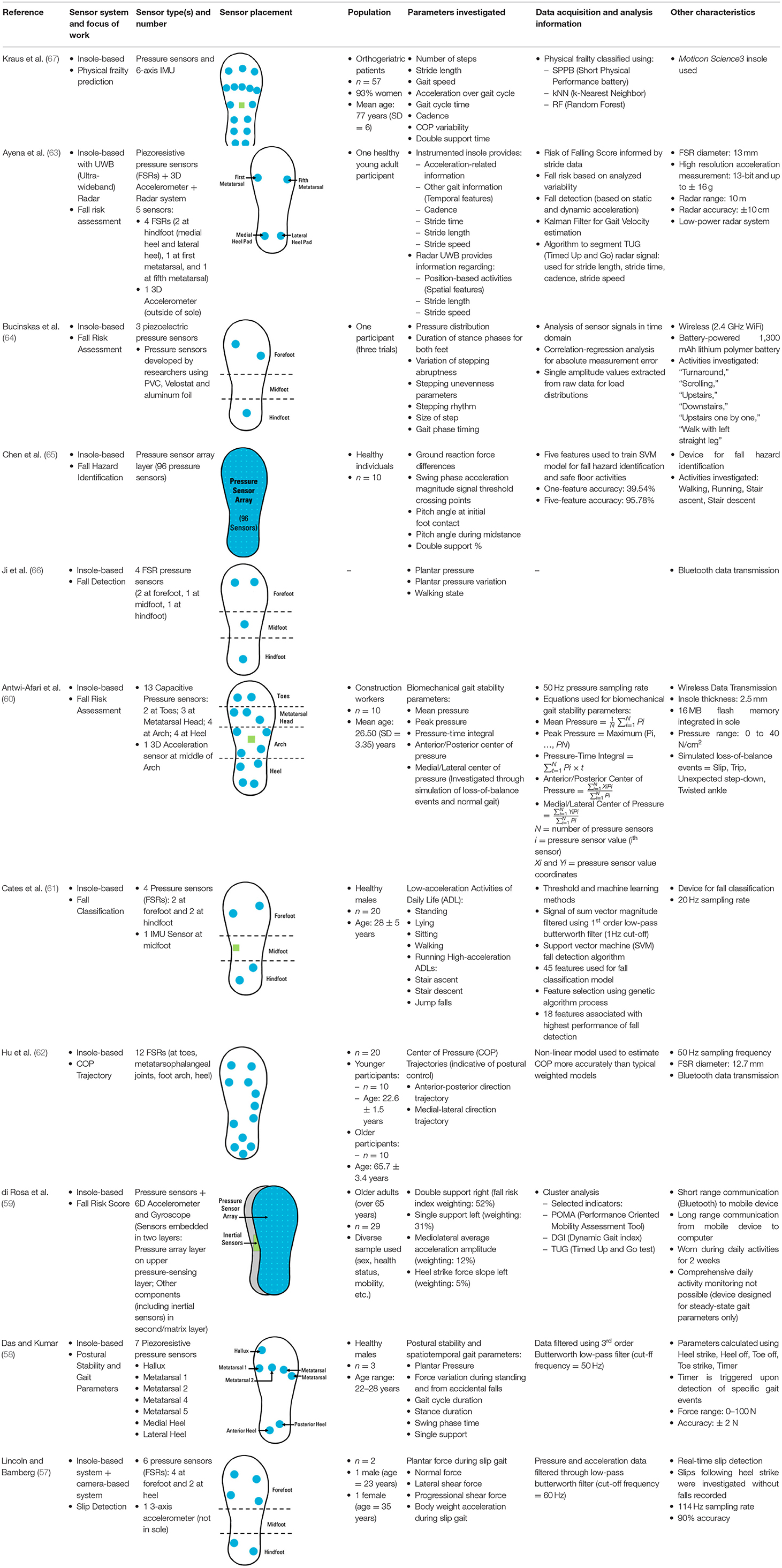Dementia Fall Risk Things To Know Before You Buy
Dementia Fall Risk Things To Know Before You Buy
Blog Article
What Does Dementia Fall Risk Do?
Table of ContentsAll About Dementia Fall RiskHow Dementia Fall Risk can Save You Time, Stress, and Money.A Biased View of Dementia Fall RiskDementia Fall Risk - Questions
An autumn risk assessment checks to see exactly how most likely it is that you will certainly fall. The analysis normally includes: This consists of a collection of concerns about your general health and wellness and if you have actually had previous falls or issues with balance, standing, and/or strolling.Interventions are referrals that might lower your threat of falling. STEADI consists of 3 actions: you for your threat of dropping for your risk variables that can be boosted to attempt to stop drops (for example, equilibrium problems, impaired vision) to decrease your danger of falling by making use of efficient strategies (for example, offering education and sources), you may be asked several inquiries including: Have you dropped in the previous year? Are you fretted about dropping?
You'll rest down once again. Your supplier will examine just how lengthy it takes you to do this. If it takes you 12 seconds or more, it might imply you go to higher threat for an autumn. This examination checks strength and equilibrium. You'll being in a chair with your arms went across over your upper body.
The placements will certainly obtain more difficult as you go. Stand with your feet side-by-side. Move one foot midway onward, so the instep is touching the large toe of your various other foot. Move one foot completely before the other, so the toes are touching the heel of your various other foot.
Getting My Dementia Fall Risk To Work
The majority of drops take place as a result of multiple adding aspects; therefore, handling the risk of falling begins with identifying the factors that contribute to fall risk - Dementia Fall Risk. Some of one of the most appropriate risk factors consist of: History of previous fallsChronic medical conditionsAcute illnessImpaired gait and equilibrium, reduced extremity weaknessCognitive impairmentChanges in visionCertain high-risk drugs and polypharmacyEnvironmental factors can additionally raise the danger for falls, consisting of: Inadequate lightingUneven or harmed flooringWet or slippery floorsMissing or damaged handrails and grab barsDamaged or improperly equipped devices, such as beds, mobility devices, or walkersImproper use assistive devicesInadequate guidance of the individuals residing in the NF, including those that show hostile behaviorsA effective fall risk administration program calls for an extensive scientific analysis, with input from all participants of the interdisciplinary group

The care plan ought to also consist of interventions that are system-based, such as those that advertise a risk-free environment (proper illumination, hand rails, get bars, and so on). The effectiveness of the interventions should be examined occasionally, and the treatment strategy revised as needed to mirror adjustments in the autumn threat evaluation. Executing an autumn risk monitoring system using evidence-based finest technique can minimize the frequency of falls in the NF, while limiting the potential for fall-related injuries.
The smart Trick of Dementia Fall Risk That Nobody is Talking About
The AGS/BGS standard advises screening all grownups matured 65 years and older for autumn risk yearly. This screening includes asking individuals whether they have actually dropped 2 or even more times in the past year or looked for clinical focus for a loss, or, if they have not dropped, whether they really feel unsteady when why not find out more strolling.
People who helpful site have dropped when without injury must have their equilibrium and stride reviewed; those with stride or equilibrium problems should receive additional assessment. A background of 1 autumn without injury and without stride or equilibrium troubles does not call for additional assessment beyond continued annual fall threat screening. Dementia Fall Risk. A loss risk assessment is called for as part of the Welcome to Medicare evaluation

3 Easy Facts About Dementia Fall Risk Explained
Documenting a falls background is one of the quality signs for autumn avoidance and monitoring. copyright medications in specific are independent forecasters of falls.
Postural hypotension can commonly be eased by lowering the dose of blood pressurelowering drugs and/or stopping drugs that have orthostatic hypotension as a side impact. Use of above-the-knee support hose pipe and sleeping with the head of the bed raised might additionally reduce postural reductions in blood stress. The preferred components of a fall-focused health examination are received Box 1.

A Yank time higher than or equivalent to 12 secs suggests high loss danger. Being unable to stand up from a chair of knee elevation without using one's arms shows raised loss risk.
Report this page